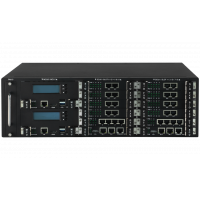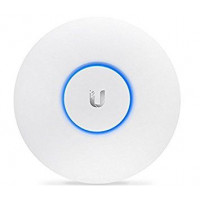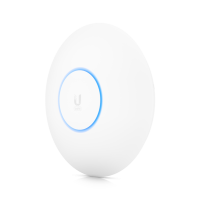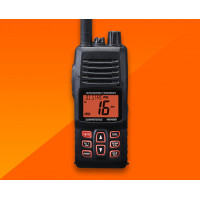New technology is changing the way receivers are being designed and the IC-7300 is an industry first as an RF, Direct Sampling System is being used in an entry level HF radio. The ability to digitize RF before various receiver stages reduces the inherent noise that is generated in the different IF stages of a radio. We feel the performance of the ‘7300 will far exceed your expectations for a radio considered entry level.
Output Power:
100W (25W AM)
RX Frequencies:
0.030-74.800
Receiver Type:
Direct sampling
RF Direct Sampling System
The IC-7300 employs an RF direct sampling system, where RF signals are directly converted to digital data. Then processed in the FPGA (Field-Programmable Gate Array), making it possible to simplify the circuit construction as well as reduce noise that can mask weak signals.
The new "IP+" improves the 3rd order intercept point (IP3) performance improving the ability to copy a weak signal that is adjacent to either a strong interfering signal. In this process, A/D converter is optimized to reduce or eliminate signal distortion.
RF Direct Sampling
RMDR and Phase Noise Characteristics
The IC-7300’s RMDR is about 97dB* (typical value) improving the Phase Noise characteristics by about 15dB (at 1 kHz frequency separation). The superior Phase Noise characteristics reduce noise components for both receive and transmit signals.
* At 1 kHz frequency separation (received frequency: 14.2MHz, MODE: CW, IF BW: 500Hz)
RMDR aand phase noise characteristics
15 Discrete Band-Pass Filters
The RF Direct Sampling is protected by an array of bandpass filters. The signal passes through one of the fifteen bandpass filters, where signals outside the passband are rejected. To reduce the insertion loss, the IC-7300 utilizes High Q factor coils.
Large Color Touch Screen
The large 4.3" color TFT touch LCD offers intuitive operation of functions, settings, and various operational visual aids such as the band scope, waterfall function, and audio scope.Like on the high-end rigs, the waterfall shows a change of signal strength over a period of time and allows you to find weak signals that may not be apparent on the spectrum scope.Use the audio scope function to observe various AF TX/RX characteristics such as microphone compressor level, filter width, notch filter width and keying waveform in the CW mode. Image below shows the Audio scope with the waterfall function and the oscilloscope.Touch screen display
Touch screen displayWaterfall function
Waterfall functionAudio scope function
Audio scope function
Real-Time Spectrum Scope
You no longer have to choose whether to listen to the audio or have the spectrum scope sweep for signals as the IC-7300’s real-time spectrum scope offers the simultaneous operations found in some of the more expensive rigs! This means you can use either the spectrum scope or the waterfall to quickly move to an intended signal while listening to the receiver audio. The ‘7300’s touch screen introduces a "Magnify" function. So, when you first touch the scope screen around the intended signal, the touched part is magnified. A second touch of the scope screen changes the operating frequency and allows you to accurately tune.
Spectrum scope specifications
Scope system FFT (Fast Fourier Transform)
Sweep speed Max. 30 frames/second (approx.), selectable from slow, mid or fast
Span width 5kHz–1000kHz
Resolution 1 pixel minimum (approximately)
Waveform display area (vertical axis) 80dB
Reference level adjustment –20dB to +20dB
Peak level hold function (Max. hold) ON/OFF/last 10 seconds
Other functions Averaging indication
Touch screen operation
VBW (Video Band Width) adjustment
Additional Features:
Built-in automatic antenna tuner
101 channels (99 regular, 2 scan edges)
SD memory card slot for saving data
Cooling fan system
Multi-function meter
CW functions: full break-in, CW reverse, CW auto tuning
SSB, CW, RTTY, AM, FM modes
Featured
KENWOOD NEXEDGE NX-800 Mobile Radios
Mixed Digital & FM Analog OperationBacklit Dot Matrix LCDAnalog Trunking Option (LTR/MPT1327)Das..
KENWOOD TH-D74E
TH-D74EVHF/UHF Dual Band Handheld with GPSThis Dual Band Amateur radio is packed with convenie..
KENWOOD TM-281E
VHF Mobile FM Transceiver (EU use)Key FeaturesFrequency Coverage: 144-146 MHz TX, 136-174 MHz RX2..
KENWOOD TM-V71E
Key FeaturesFrequency Coverage: 144-146 and 430-440 MHz TX, 118-524 and 800-1000 MHz RX50 Watts R..
KENWOOD TH-K20E
VHF FM Portable Transceiver with KeypadFrequency Coverage: 144-146 MHz TX, 136-174 MHz RX200 Memorie..
AZ-510
AZ510: 144/430MHz(2m/70cm)Length: ..
DP3441e PORTABLE TWO-WAY RADIO
Integrated accelerometer for optional Man DownBluetooth® 4.0Indoor location trackingMulti-constellat..
VERTEX STANDARD VCM-2
Vertex Standard VCM-2 Vehicular Charging AdapterThe Vertex Standard VCM-2 vehicular charger adapter ..
VERTEX STANDARD VX-6000
High Output Power For Greater CoverageReady to get your message across, the VX-6000 delivers highper..
Grandstream GXP1620/GXP1625
A standard Basic IP desktop phone to keep workers in-touch and productive. The GXP1620/25 features e..
Grandstream GXP1628
A powerful Gigabit phone for the desktop user who requires standard communication support with quick..
Grandstream GXP1630
Our most powerful entry-level Basic IP phone, the GXP1630 delivers an effective communications platf..
YF325 Industrial Dual Sim 4G LTE WIFI Router
YF325 Industrial Dual Sim 4G LTE WIFI Router with sim card slot Din Rail Mounting, good for M2M/IOTY..
R200 GIGABIT LTE ROUTER
Gigabit LTE Router 4g Dual Band 3g 4g Lte Wireless Router WIFI GPS Router R200 is a rugged and ..
IC-7300 | ICOM
New technology is changing the way receivers are being designed and the IC-7300 is an industry first..
IC-746PRO HF/50MHz/144MHz All Mode Transceiver
32-bit DSP Technology Takes You Even Higher – To 144MHz !This product is discontinued. Please check ..
IC-R9500
Professional Communications Receiver with 0.005 to 3335MHz Coverage and High Performance Spectrum Sc..
IC-V86 VHF FM Portable
2M with Powerful AudioThe IC-V86 gives you more audio, more RF power, more coverage and more battery..
ICOM IC-2300H VHF FM Mobile Transceiver
The IC-2300H, 144MHz mobile, retains the same basic features from the popular IC-2200H; powerful 65W..
ICOM IC-705 All Mode Portable
A new hybrid radio. Base station radio performance and functions are packaged in a compact and light..
ICOM IC-718 HF All Band Transceiver
The HF bands allow you to communicate over long distances covering many km even to the other side of..
ICOM IC-7700 HF/50MHz Transceiver
IC-7700 Upgrade ModelSame great features as the IC-7700 plus:Spectrum Waterfall Display: Review RF a..
ICOM IC-9700 VHF/UHF Transceiver
Direct Sampling Brought to the VHF/UHF WorldBuilt with the VHF/UHF weak signal operator in mind, the..
ICOM ID-5100A VHF/UHF Dual Band D-STAR Transceiver
Innovative 2m/70cm Mobile with Touch ScreenDesigned from user input, the ID-5100 offers an intuitive..
STANDARD HORIZON HX100
Features: FloatingSubmersible IPX7 (3.3 feet or 1 meter for 30 minutes)Slim, form fitting case ..
STANDARD HORIZON HX400E
Combining multiple features for a wide variety of users. · Sub..
STANDARD HORIZON GX1300E
Standard Horizon GX1300E Eclipse Fixed Class D DSC VHF Marine RadioMeets ITU-R M.493-13 Class D DSC ..
DIAMOND X700H
X700H: 144/430MHz(2m/70cm)Length:7.2m / Radial length:approx.52cm / Weight:3.8kgGain:9.3dB(144MHz),1..
DIAMOND X5000
X5000: 144/430/1200MHz(2m/70cm/23cm)Length:1.8m / Radia length:approx.19cm / Weight:0.9kgGain:4.5dB(..
KOMUNICA AV-508
Microphone: Ceramic Electret Microphone IC 1 piece Transistor 11 piecesHigh sensitivity conden..
KOMUNICA AV-908
Desk microphone, compressor + meter for HF/VHF / UHFMicrophone: High Sensitivity Ceramic MIC. Eleme..
KOMUNICA FX-400-PWR
VHF/UHF Hinged mobile Ham Antenna with Flex System for EASY foldingFlexible whipMaximum recommended ..
KOMUNICA PWR-285-V
Mobil antenna 134-174MHZ, 132MM., folding type.Gain: 3.4 dBFrequency: VHF 134-174 MHzMax Power..
KOMUNICA PWR-M150-GSA-B
Mobil antenna VHF 1/4 strong spring, PL, black.Gain: 2.15 dbiFrequency: VHF 134-174 MHzM..
COMET B-10
DualBand 2M/440MHz mobile antennaVery short yet efficient antenna, mainly used in metropolitan areas..
COMET CF-416A
CF-416ADuplexer/Splitter/combiner Band Pass:Low Pass: 1.3-170MHzHigh Pass: 350-540MHz..
COMET SBB-5
DualBand 2M/440MHz mobile antennaThis is the most popular antenna in the Comet line for several reas..
COMET SS-680SB
Specially designed dualband 2M/440MHz mobile antennas with a spring base to absorb brushes with tree..
ALINCO DR-138HE
3 Selectable Output Power Levels (VHF 60W /25W/10W, UHF 45W /25W/10W)PC-programmable 200ch memoriesA..
ALINCO DR-735E
Full-duplex receiver enables simultaneous TX/RX within 144/440MHz bands as well as V/V and U/U recei..
ALINCO DR-B185HT/HE
Features of DR-B185HT/HEScanning functions including DCS/CTCSS/Priority/Group and timer/busy modes.W..
CUSHCRAFT A124WB
4 Element Wideband Boomer Frequency Range: 144 - 148 MHz Elements per ba..
KENWOOD KMC-32
Hand Microphone with KeypadHand Microphone with DTMF-layout 16 keypad..
YAESU G-1000DXC
Heavy Duty Rotator with Variable-Speed Control Box450 degree turning radius on most modelsUser selec..
YAESU G-450C
G-450C Rotator and Control BoxRecommended Application - Light to Medium Duty.Perfect entry-lev..
Yeacomm YF-P11
YF-P11 industrial waterproof outdoor CPE 4G LTE cat4 150M CPE TDD FDD router without wifiStandard EU..
Dlink 4G AC1200 LTE Router
D-Link’s DWR-M961 E1 4G CAT6 AC1200 LTE Router allows you to access mobile broadband networks from a..
HUSTLER G3-144
G3-144Omni Directional Fixed StationThe G3-144 is the newest addition to the Hustler Base Station li..
HUSTLER G6-144B
Model G6-144BElectrical:Radiation Pattern: Omni directional.SWR: 1.2:1 at resonanceMaximum power inp..
HUSTLER G7-144
Model G7-144Electrical: Radiation Pattern: Omni directional, low angle.SWR: 1.2:1 at resonanceMaximu..
HUSTLER HX6-14448
Heavy Duty VHF 2 METER ANTENNA Model HX6-14448 Gain: 6 dBdBandwidth: 4 MHz.V.S.W.R.: 1.5:1..
HUSTLER CGT-144
Model CGT-144 Gain: 5.2 dB Phased 5/8 wave over 14/ wave design.Optimum low angle ra..
DINSTAR C61S/C61SP
Entry Level IP PhoneC61S/C61SP is a versatile HD SIP Phone designed for SMEs.Easy to use, cost-effec..
DINSTAR C63G/C63GP
C63G/C63GP is a versatile HD SIP Phone designed for SMEs.Easy to use, cost-effective, suitable for v..
DINSTAR C64G/C64GP
HD VoiceUp to 4 Extension accounts3.5” 480 x 320 pixel Graphical LCD with BacklightDual‐port Gigabit..
DINSTAR DP81 Dual‐button SIP Door Phone
DP81 Dual‐button SIP Door PhoneThe DP81 is a Dual‐button SIP Door Phone with advanced audio system w..
DINSTAR DP82 Dual‐button SIP Door Phone
The DP82 is a Dual‐button SIP Door Phone with RF card reader and advanced audio system with the echo..
DINSTAR DP88 Multi‐button SIP Door Phone
The DP88 is a Multi‐button SIP Door Phone with the integrated HD camera and advanced audio system wi..
DINSTAR DPA SIP Paging Gateway
DPA is a powerful SIP paging gateway terminal, it can support external Onvif camera, speaker, speed ..
DINSTAR C62G/C62GP
The C62G/C62GP featuring a 2.4" high resolution color TFT display with backlight, brings visual info..
DIAMOND F22H
F22H: 144-174MHz with cutting chartLength:3.2m / Weight:1.3kgGain:6.7dB / Max.power rating:350W / Im..
DIAMOND CP62
Frequency: 6m Power: 500 watts SSB, 200 watts FM Gain: 5.5 dBImpedance (outpu..
DIAMOND SX240C
• Cross needle design• Rated from 1.8-54, and 140-470 MHz (220 MHz w/ correction factor)• Power rang..
DIAMOND MX-72D
Low Pass Frequency Coverage:1.6-30 MHz + 140-150 MHzDiamond Mx-72d DuplexerHigh Pass Frequency Cover..
DIAMOND SX400
Features:• Illuminated meter• Switchable r.m.s. or peak power• Measures forward, reflected &am..
DINSTAR A810 Android Video IP Phone
Android Video IP PhoneA810 is an android SIP video phone with 10.1-inch IPS multi touch screen. Its ..
DINSTAR MTG2000 | Carrier-grade Digital VoIP Gateway
MTG2000 | Carrier-grade Digital VoIP GatewayMTG2000 is a carrier-grade intelligent Digital VoIP gate..
DINSTAR MTG2000B | High Availability Digital VoIP Gateway
MTG2000B High Availability Digital VoIP GatewayMTG2000B is a High Availability (HA) carrier-grade di..
DINSTAR MTG3000 | High Density Digital VoIP Gateway
MTG3000 High Density Digital VoIP GatewayMTG3000 is a carrier-grade Digital VoIP gateway, scalable f..
DINSTAR SBC1000
Dinstar's SBC1000 is designed to deliver security, interoperability and transcoding for large enterp..
DINSTAR SBC3000
Dinstar SBC3000 are designed to deliver security, interoperability and transcoding for service provi..
DINSTAR UC100 VoIP PBX for SME
UC100 is an all-in-one Universal Gateway with built-in IP PBX features, designed for SOHO and small ..
DINSTAR UC1500
UC1500 is a core voice gateway of your unified communications (UC) solution. Based on X86 platform, ..
DINSTAR UC200 VoIP PBX
UC200 is compact IP PBX designed for small-and-medium-sized enterprises (SMEs) with 500 SIP users, 3..
DINSTAR UC2500
Dinstar Unified Gateway UC2500 is a core voice gateway of your unified communications (UC) solution...
Ubiquiti UniFi UAP-AC-LITE Access Point
UniFi UAP-AC-LITE is an integrated solution for building WLAN / Wi-Fi networks operating in 2.4 GHz ..
Ubiquiti UniFi UAP-AC-LR Access Point
Extend your Wi-Fi network with the UniFi® ac LR Access Point, part of the Ubiquiti UniFi Enterprise ..
Ubiquiti UniFi UAP-AC-PRO Access Point
The Ubiquiti UniFi AP AC Pro features the latest Wi-Fi 802.11ac, 3x3 MIMO technology in a ..
STANDARD HORIZON HX400IS
INTRINSICALLY SAFE Submersible 5 Watt Commercial Grade Handheld VHF with LMR ChannelsIntrinsically s..








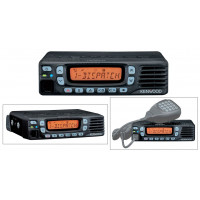

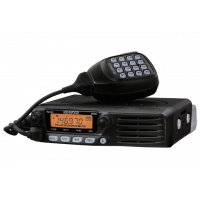
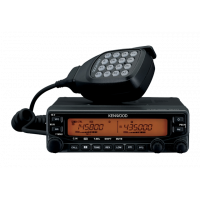
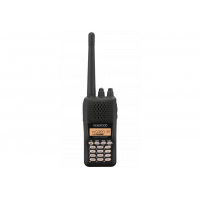
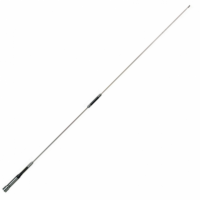

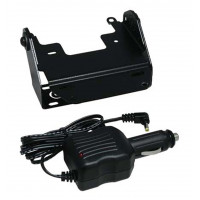

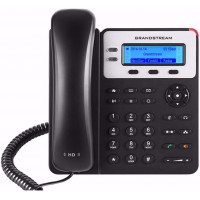

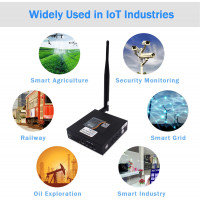
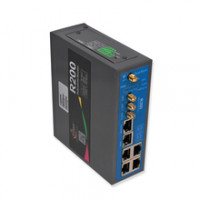
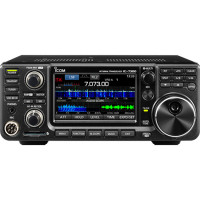
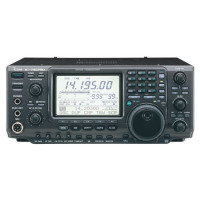
-200x200.jpg)


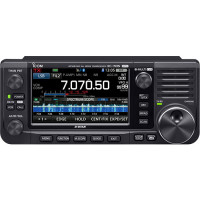


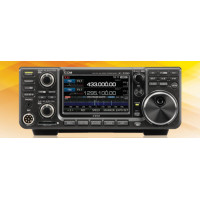
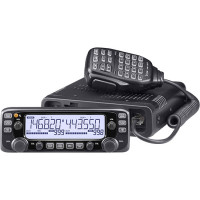

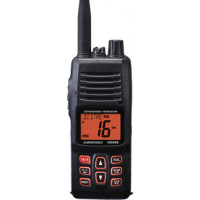
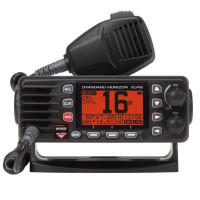

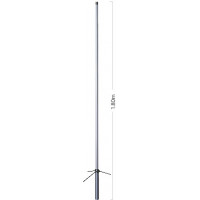

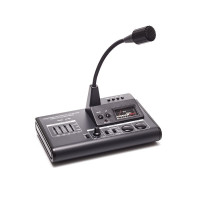
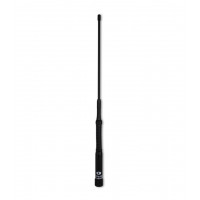
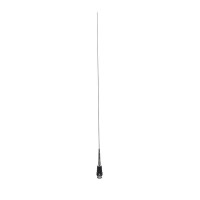


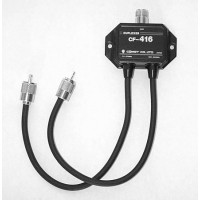

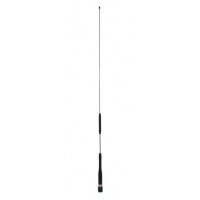
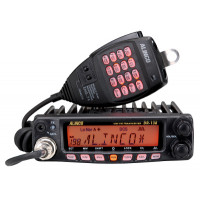
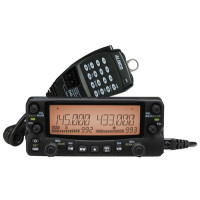


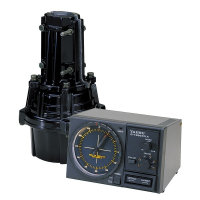
-200x200.jpg)



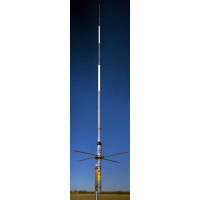
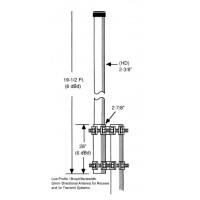
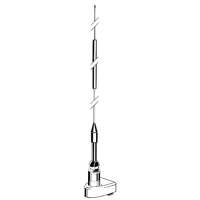
-200x200.png)
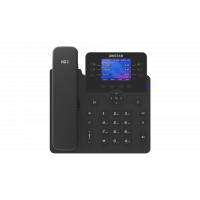
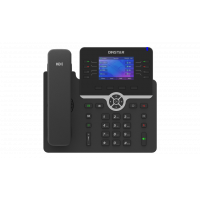



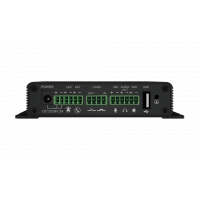
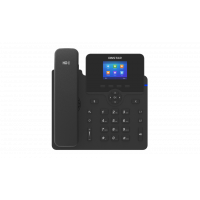

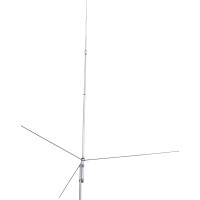
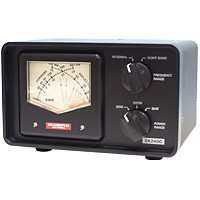

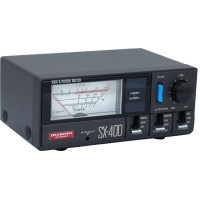

-200x200.png)

-200x200.png)
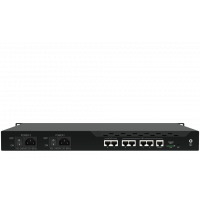


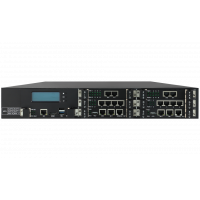
-200x200.png)
